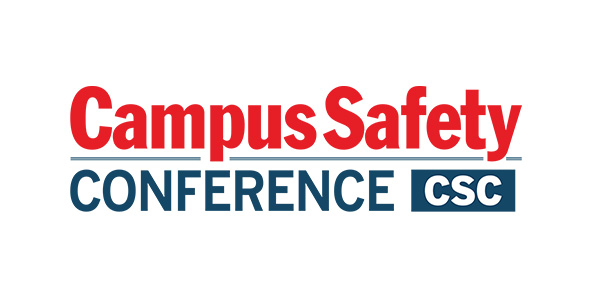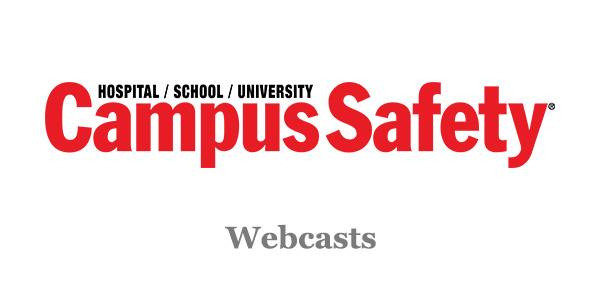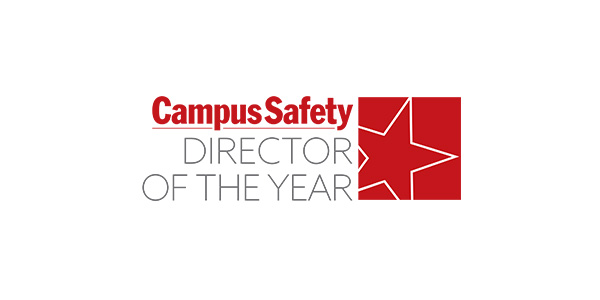Leadership transitions within organizations are often complex, bringing with them a mix of anticipation and apprehension.
While the departure of an ineffective leader can be a welcome change, leading to improved organizational health, the transition becomes significantly more challenging when an effective leader moves on. In such cases, the incoming leader faces the immediate pressure to deliver results while simultaneously navigating their new role and integrating into an unfamiliar organizational culture.
Despite extensive preparation, the true nature of an organization only reveals itself once a new leader is fully immersed.
Inherent Dynamics of Leadership Transition
Regardless of the specific circumstances, five predictable dynamics typically unfold during a leadership transition:
1. The ‘Word on the Street’ Phenomenon
Upon a new leader’s arrival, individuals within the organization often begin to gather intelligence about them. This informal information gathering, commonly known as “word on the street,” is rarely an effective strategy. People tend to cast a wide net, making it difficult to distill valuable, actionable insights.
A crucial point to understand is that the dynamics of leading an organization differ significantly from any other role. As the “Unit #1” in policing parlance suggests, the leader is ultimately responsible for everything, even factors seemingly beyond their control. This inherent pressure and responsibility fundamentally alter the landscape for the new leader.
2. Driven by Uncertainty, Employees Form Coalitions
Fear of the unknown often prompts people to band together, seeking strength in numbers. Even individuals who previously had strained relationships may unite, driven by a shared sense of apprehension. This collective behavior can foster a delusional fallacy that a group is inherently stronger or more insightful than an individual.
Related Article: 10 Essential Traits of a Great Investigator
High performers, however, quickly recognize the need to distance themselves from these groups, which are frequently dominated by average or underperforming individuals. Observing this dynamic can be quite telling, as these groups are primarily self-serving.
3. The ‘Resurrection’ of Underperformers
During a transition, it’s common to witness a sudden surge in productivity and engagement from those who have historically underperformed. This can be particularly frustrating for high achievers who have consistently contributed.
It’s often jarring to hear an uncharacteristically insightful comment from a typically disengaged individual, causing others to pause in disbelief. High achievers must learn to disregard this temporary shift; these “resurrected” contributors typically lose momentum quickly and revert to their previous levels of disengagement.
4. The Leader’s ‘Clean Slate’ Approach
Ideally, an effective new leader will enter an organization with no preconceived notions about existing personnel. They should actively resist absorbing others’ perceptions of individuals. This “clean slate” approach is invaluable to everyone in the organization. An effective leader will form their own judgments and assessments based on direct observation of engagement, interactions, and contributions.
While this fresh perspective can be unsettling for high achievers who have consistently made sacrifices, it’s a necessary part of the transition. Although it may seem unfair, much like an unexpected illness, it’s how this phase of the story unfolds. This often, and understandably, upsets those who have been consistently performing at a high level.
5. Interpreting the Leader’s Every Word and Action
An effective leader understands that every statement and action, without exception, will be meticulously scrutinized for hidden meanings. Every word, gesture, and message is subject to interpretation as people attempt to “crack the code” of the new leader.
This can lead to self-doubt, with individuals questioning the true intent behind a leader’s words. In this new dynamic, people may become hesitant to ask clarifying questions, fearing that it will create a negative perception. This often results in individuals making assumptions about what is needed and then attempting to deliver based on those assumptions.
Related Article: How VCU Police Decreased Use-of-Force Incidents by 84%
This is a significant pitfall: if the target is missed due to assumptions, the new leader may then question competence and ability. It is always a much better option to ask questions and seek clarity early on, rather than making an uninformed attempt and falling short.
Navigating the Transition: A Shared Responsibility
Leadership transitions are never easy, neither for the incoming leader nor for the existing personnel. It’s crucial to remember that while the leader may not always be right, they are always in charge, especially in the initial stages. With limited knowledge of the existing organizational dynamics, the new leader has a wide margin of error.
Offsetting the inherent stresses and challenges of a leadership transition is a shared responsibility. This process doesn’t have to be ambiguous or overly stressful. Leaders expect people to deliver, and importantly, the mission and purpose of the organization rarely change.
Communication emerges as the single most valuable tool to aid and assist with an organizational transition. Reflecting on pitfall No. 5, a lack of clear communication can easily lead to a cyclical pattern of inefficient organizational transitions.
John Venuti is Associate Vice President of Public Safety VCU and VCU Health System Chief of Police at VCU Police Department.
NOTE: The views expressed by guest bloggers and contributors are those of the authors and do not necessarily represent the views of, and should not be attributed to, Campus Safety.







